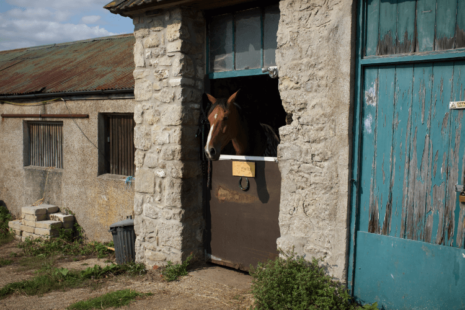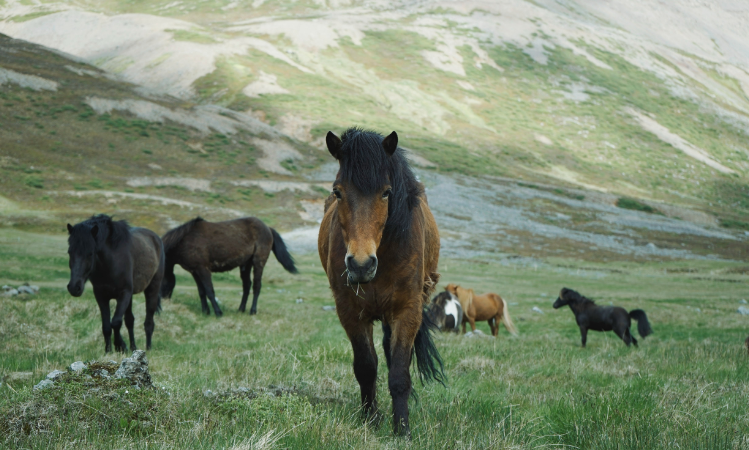Sunday 18th April, 2021

Whether you just need to extend your stables or build a new structure, planning permission is the first step. Planning permission can be tricky to navigate and shouldn’t be an afterthought. For most external structures you’ll need planning permission. This is why understanding the ins and outs of it is important! Planning permission is a phrase that fills most aspiring DIY-ers and yard owners alike with dread. But the process doesn’t have to be as complicated as people make it seem!

Many people think that planning permission depends on the size of the shelter. However, it’s much more about the location and intended use for the building. A small addition to an existing structure is just as likely to need a planning permission application as your very first stable building. Planning permission for any permanent equestrian buildings (like stables, permanent field shelters, arenas, concrete hard standing areas etc) is likely to be needed. In fact, you may even need planning permission just to keep your horses in a field. it’s up to you to contact the council before investing time and money into working on your yard.
Planning permission is likely to be needed for:
Whether you’re putting up a stable in your back garden or expanding your yard to accommodate more horses, you’ll probably need planning permission. There are a few exceptions to the rule but if you’re unsure, get in touch with the council for advice.

If you’re not building anything, you don’t need planning permission, right? Well, even if no building is done on the area, if you’re changing the use of the field from an agricultural space to a recreational one, this will require planning permission. Any fields used for grazing, breeding, or keeping livestock are considered agricultural. So if the land is primarily used for grazing and horses aren’t fed any supplemental feed (or if the horses are there for the sole purpose of breeding), planning permission may not be needed. However, if horses are kept in a field where the horses are fed supplemental foods and clearly for recreational use, it’s likely to mean the land designation changes from agricultural to recreational, and that you’ll need to apply for planning permission. Check out your local government guidance to find out what your next steps should be.
It’s frustrating to have your planning permission denied but you can appeal against the decision. Many who are initially denied planning permission revise their applications and get accepted later on. If you’ve been denied, make sure you’re careful with your appeal and any future applications you make. If you haven’t applied yet, the following tips could be helpful to you too!
Make sure you’ve discussed plans with neighbours and started the conversation with your local council early on. This way you know you can make accommodations for any concerns. The planning application process may take longer than you think, so getting organised early gives you the best chance of success. The statutory deadline for determining an application is 8 weeks (13 weeks for major developments).
Building a relationship with your planning officer will help you out a lot. So will hiring a consultant as the go-between, although this will add to the cost.
If you can be flexible about your designs, it’ll help your application hugely as you’ll be able to navigate any hurdles.

A lot of horse owners opt for mobile shelters as they often will not require planning permission. In order for you to not need planning permission, it must qualify as a temporary building by fulfilling the following conditions:
If this sounds like a small price to pay for not having to navigate planning permission, then our mobile field shelters might be the perfect addition to your yard. Our shelters are offered with options for matting, roofing and guttering. They’re also easy to manoeuvre using either galvanised steel or timber skids.

If you’re committed to building a stable or a mobile field shelter on your land, then get in touch with us. We can help you plan your dream bespoke shelters before you apply for planning permission. We’ll offer you lots of different options so you’re prepared to apply. Planning permission for stables doesn’t have to be a drama, and you could have your stable up and running in just a couple of months.